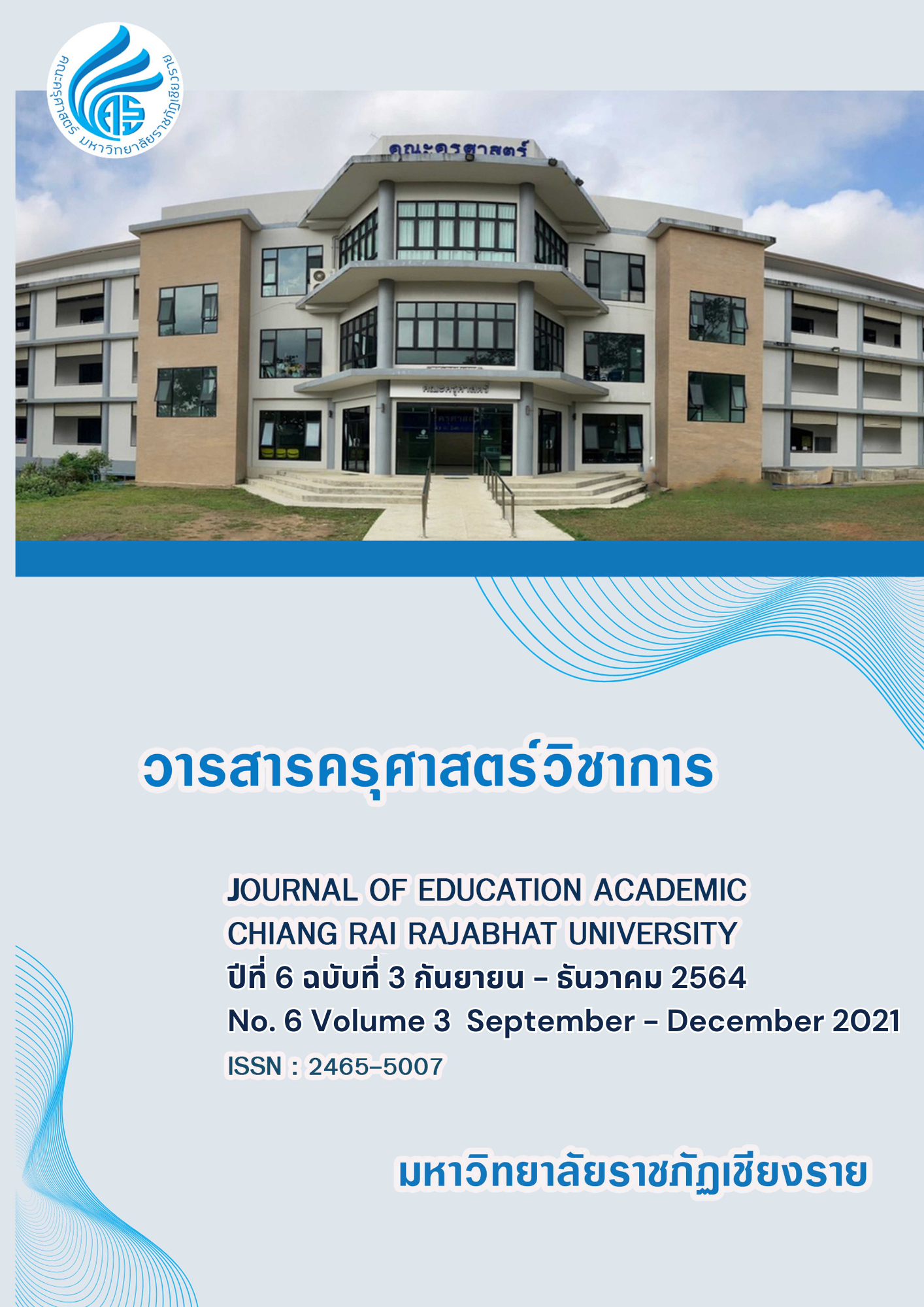Wan Soap : Guidelines for Promoting How to Make Aloe Vera Soap Ban Naimong Moo.6 Promlok Sub-District, Promkiri District, Nakhon Si Thammarat Province Thailand
Keywords:
Aloe Vera, Aloe Vera Soap, Guidelines for PromotingAbstract
The purposes of this research were to study Aloe Vera Soap Making, The Problem of Aloe Vera Soap Making and Guidelines for promoting local occupation of Aloe Vera Soap Making Ban Naimong Moo.6 Prom Lok Sub-district, PromKiri District, Nakhon Si Thammarat Province Thailand. This research had used qualitative research methodology. The Results of The research found that ; 1. Aloe Vera Soap Making. It consists of the following steps: 1) Raw materials and tools for making aloe vera soap. It is found that important equipment such as pots, gas stoves and knives, etc. 2) How to make aloe vera soap. The soap flakes are cut into small pieces. Aloe vera is peeled and cut into small pieces and ground thoroughly. Mix important ingredients such as soap flakes, aloe pulp, honey and perfume, etc., then put into a mold. Wait until hard to remove. 3) Aloe soap packaging. 2. The Problem of Aloe Vera Soap Making. It was found that : 1) Soap problems do not harden. 2) Soap problems with fungus. 3) Uneven soap quality problems. 4) Soap packaging problems, defective and dents. 5) Raw material and equipment problems 3. Guidelines for promoting local occupation of Aloe Vera Soap Making. It was found that : 1) Guidelines for promoting the economy by promoting careers for people to have extra income into the family. 2) Guidelines for promoting career development as an income-generating profession. 3) Social Promotion Guidelines Soap making is a quality product and one sub-district product. 4) Aloe Vera Conservation Promotion. 5) Promotion of utilization and 6) Promoting medicinal properties.
References
ขนิษฐ พานชูวงศ์. (2555). สบู่ก้อน. (ออนไลน์). สืบค้นเมื่อ 16 สิงหาคม 2560. เข้าถึงได้จาก http://www.dss.go.th/images/st-article /cp-11-(2555-barsoap.pdf
คมสันต์ หุตะแพทย์. (2554). สบู่ใสแบบธรรมชาติ. เกษตรกรรมธรรมชาติ. 10(2), 4-7.
จำลอง ศิริสุข. (2559). สมุนไพรจากกลีเซอรีนธรรมชาติ. (ออนไลน์). สืบค้นเมื่อ 18 มีนาคม 2562. เข้าถึงได้จาก : mayaddrass.blog spot. com.
จิรานันต์ เพชรช่วย และคณะ. (2560). สบู่แฟนซี. (ออนไลน์). สืบค้นเมื่อ 18 มีนาคม 2562. เข้าถึงได้จาก https://sites.google. com/site/wiraneewongling/withi-kar-tha-sbu
จิราภรณ์ เหมเส็ม. (2560). แนวทางการส่งเสริมการประกอบอาชีพธนาคารปลา (การเลี้ยงปลาในกระชัง) กรณีศึกษา ชุมชนบ้านไสโป๊ะ ตำบลเหนือคลอง อำเภอเหนือคลอง จังหวัดกระบี่. สารนิพนธ์ศิลปะศาสตรบัณฑิต สาขาวิชาการพัฒนาชุมชน มหาวิทยาลัยราชภัฏนครศรีธรรมราช.
จุฑามาศ เจริญพงษ์มาลา. (2556). การออกแบบและพัฒนาบรรจุภัณฑ์สบู่ผสมสารสกัดมังคุด การประชุมวิชาการมหาวิทยาลัยเทคโนโลยีราชมงคล ครั้งที่ 5. วารสารวิชาการและวิจัย มทร. พระนคร. ฉบับพิเศษ, 28-42.
ณัฐรุจา ลาคำ, นนทกร หมั่นประโคน, ภัทราวดี ชาวสวน และวิลาสินี คามวาสี. (2558). สบู่สมุนไพรว่านหางจระเข้จากกลีเซอรีนธรรมชาติ. (ออนไลน์). สืบค้นเมื่อ
ตุลาคม 2562. เข้าถึงได้จาก http://nrcaum. blogspot.com /2016/03/17-19-24-27-1-2-255-8-triclocarban-1.html
ธเนศ ศิริกิจ. (2555). ภูมิปัญญาการทำสบู่. อยุธยา: มหาวิทยาลัยราชภัฎพระนครศรีอยุธยา.
ประชิด ทิณบุตร. (2531). การออกแบบบรรจุภัณฑ์. กรุงเทพมหานคร: โอ.เอส.พริ้นติ้งเฮ้าส์.
ปานทิพย์ รัตนศิลป์กัลชาญ, เกตุแก้ว จันทร์จํารัส, ภรณ์ทิพย์ นราแหวว และอุมา ภรณ์ ผ่องใส. (2557). การพัฒนาสบู่เหลวจากสมุนไพรไทยและทดสอบฤทธิ์เบื้องต้นในการต้านทานต่อเชื้อสแตฟฟิโลคอกคัสออเรียสที่ดื้อยาเมทิซิลิน (MRSA). วารสาร มฉก.วิชาการ. 18(35), 47-60.
เรณู อยู่เจริญ. (2556). สรุปผลการดำเนินงาน โครงการการอบรมเชิงปฏิบัติการ การผลิตสบู่จากสารสกัดพืชสมุนไพร. สาขาชีววิทยาและเทคโนโลยีชีวภาพ คณะวิทยาศาสตร์และเทคโนโลยี. มหาวิทยาลัยราชภัฏนครสวรรค์.
Downloads
Published
Issue
Section
License
Copyright (c) 2021 Journal of Education Academic Chiang Rai Rajabhat University

This work is licensed under a Creative Commons Attribution-NonCommercial-NoDerivatives 4.0 International License.






